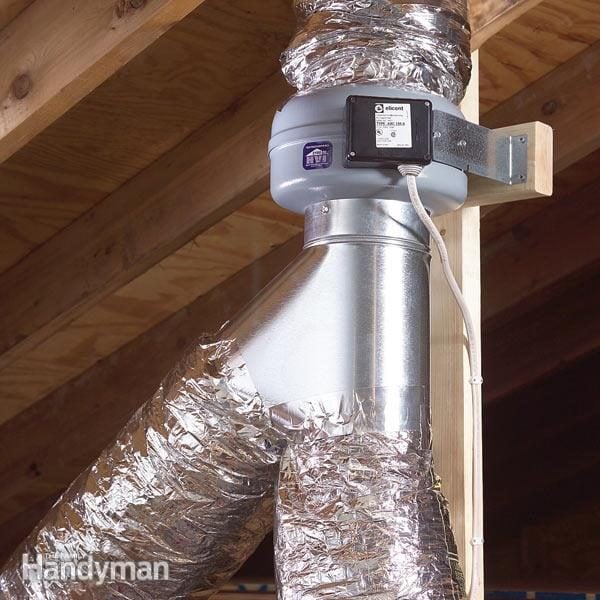Moved into new townhouse (2010 construction) a few months ago and just now noticing a vent issue due to mold forming on vents. The vents have impressive looking fans, but draw very little air (test with strip of toilet paper right at the vent and paper barely moves). So wondering if the problem is the manifold concept is a bad design or a stuck damper on the roof vent ? (which I would have checked already but due to roof pitch and height I'd be risking my life  )
)
 )
)
Last edited:





